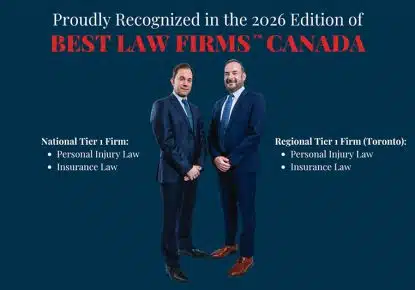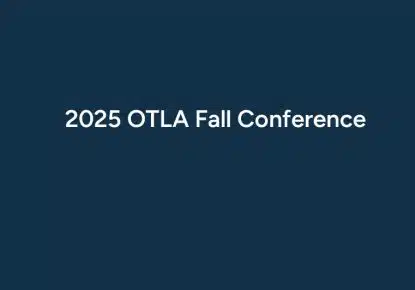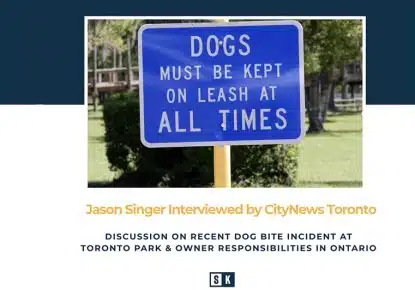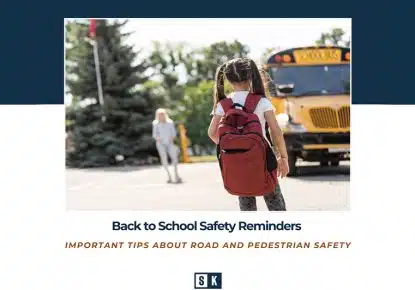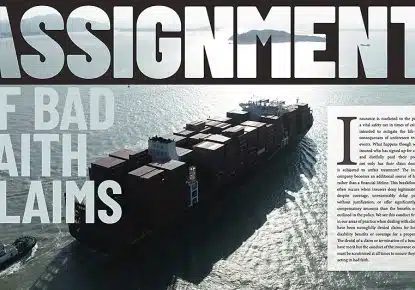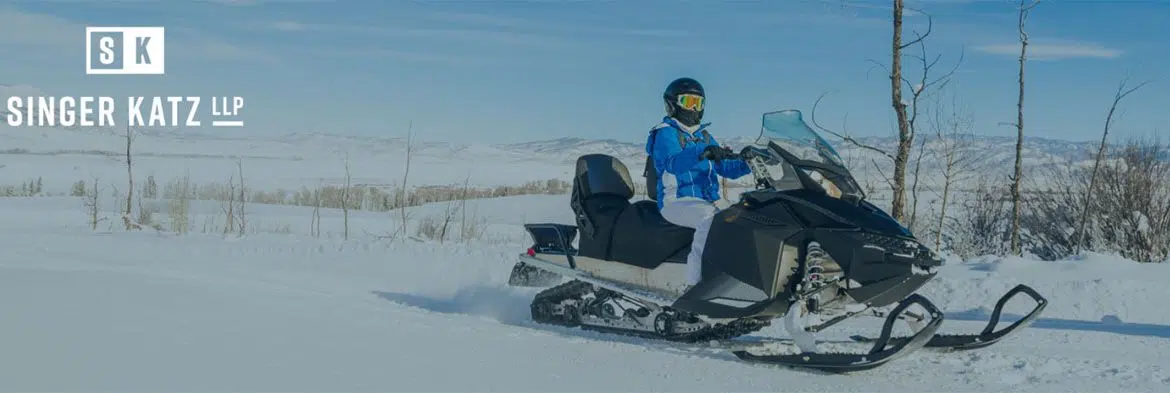
While the danger of contracting COVID-19 is low on snowmobiles, other health and safety risks remain stunning
Snowmobiling is one of the few activities the province of Ontario’s Stay At Home Order issued on Jan 12, 2021, allows for at this unpreceded moment in time. Ontario has a snowmobile trail network that spans more than 30,000km and is one of the province’s best winter recreation experiences. But while it may be a sport that has a low risk for COVID-19 transmission, it is one of the risker winter sports for people of all ages when it comes to overall health and safety.
According to the Public Health Ontario report The Epidemiology of All-Terrain Vehicle and Snowmobile-Related injuries in Ontario, in 2014 and 2015 there were 13,590 emergency room visits and 1,288 hospitalizations related to the use of ATVs and snowmobiles in Ontario. Males and children under the age of 16 were identified as being at particularly high risk for injuries. Orthopedic injuries were the most common cause of hospitalizations and head and neck injuries were the most common cause of death – largely due to ejection and crashing into fixed structures.
In Ontario, three legislative acts govern the use of recreational vehicles: the Highway Traffic Act, the Off-Road Vehicles Act and the Motorized Snow Vehicles Act. Under these laws, a person must be 12 years of age or older to drive a snowmobile on a trail or 16 years of age or older to drive on a roadway. All drivers require either a valid driver’s licence, a motorized snow vehicle operator’s licence or a licence from another jurisdiction.
While snowmobiling can be done relatively safely when the rules are followed by everyone, there have been many cases of alcohol and drug use while driving, driving with multiple passengers, and engaging in risky driving such as jumps and high speeds.
An important note:
While insurance is not required for snowmobiles driven on the private property of the snowmobile’s owner, in ALL other cases, insurance is a legal requirement.
Insurance provides third party liability coverage of at least $200,000 to protect you if another person is killed or injured, or if their property is damaged. This coverage will defend you and pay any claims in the event you are sued. Insurance also provides you with protection if you are injured, paying Statutory Accident Benefits Coverage for medical, rehabilitation, attendant care, caregiver, non-earner, income replacement, and death benefits. You can receive these benefits, whether or not you were at-fault in the accident.
Similar to car insurance, there is an opportunity to increase Liability and Accident Benefits Coverage as minimum coverage is often not sufficient. A full list of insurance benefits can be found here.
Experience matters:
Unlike driving, where a person practices the skill 12-months a year, for many snowmobiling is a three-month (sometimes only a few days) per year sport offering less practice and experience. This is just one more reason why this sport can be dangerous to you and others. Many people do not think of suing if injured while snowmobiling but it is worth contacting a lawyer to explore options.

